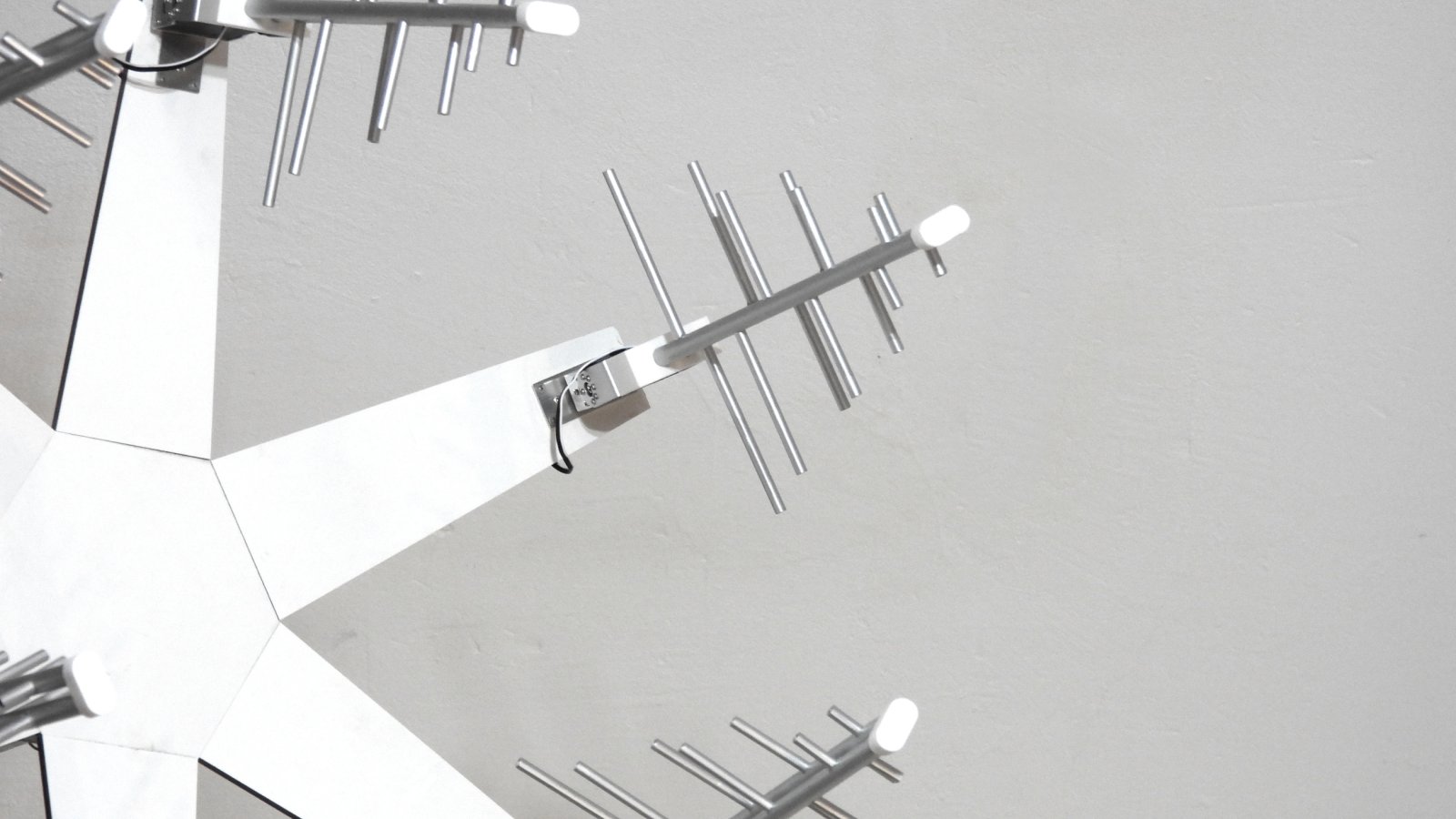
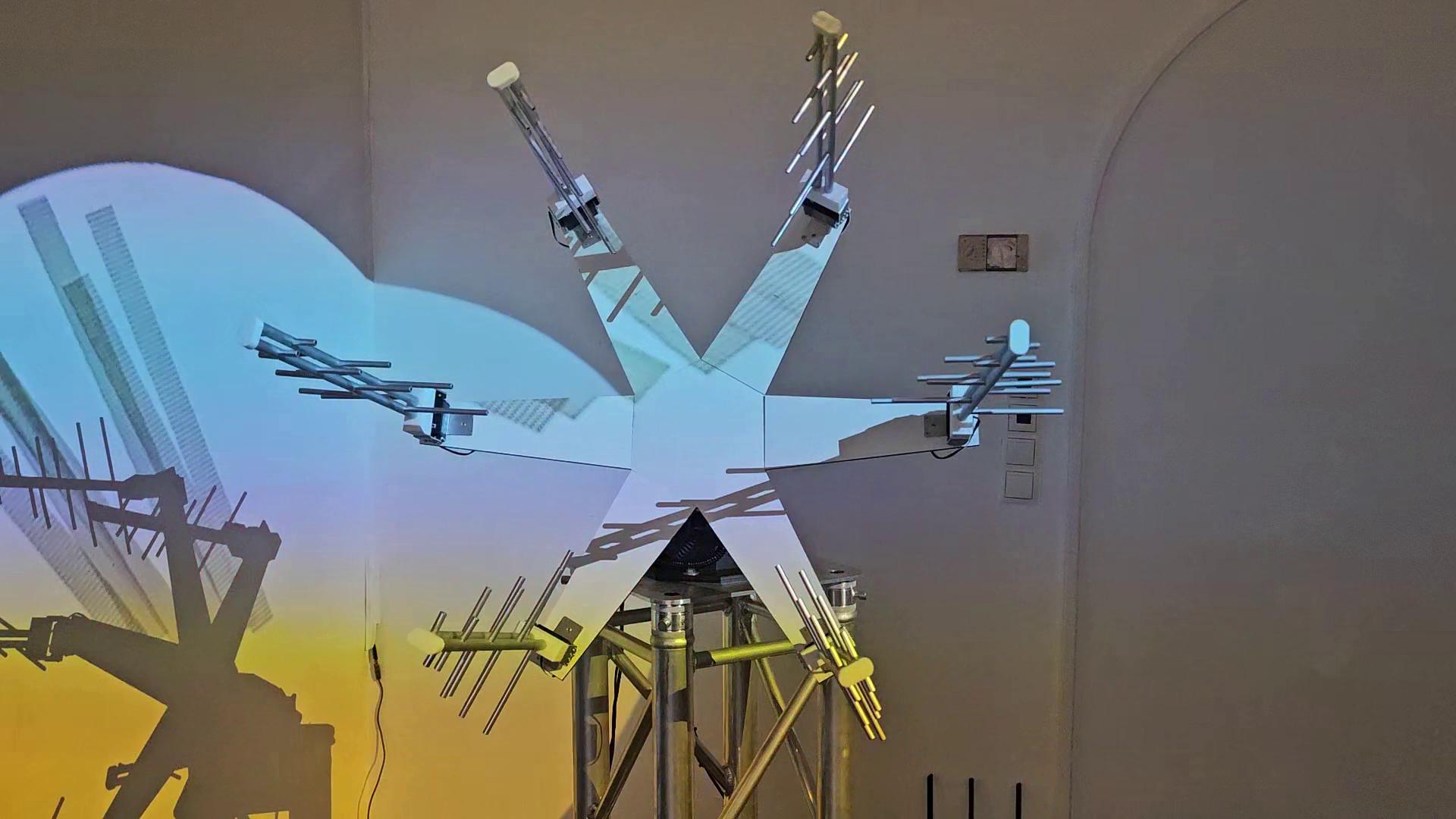
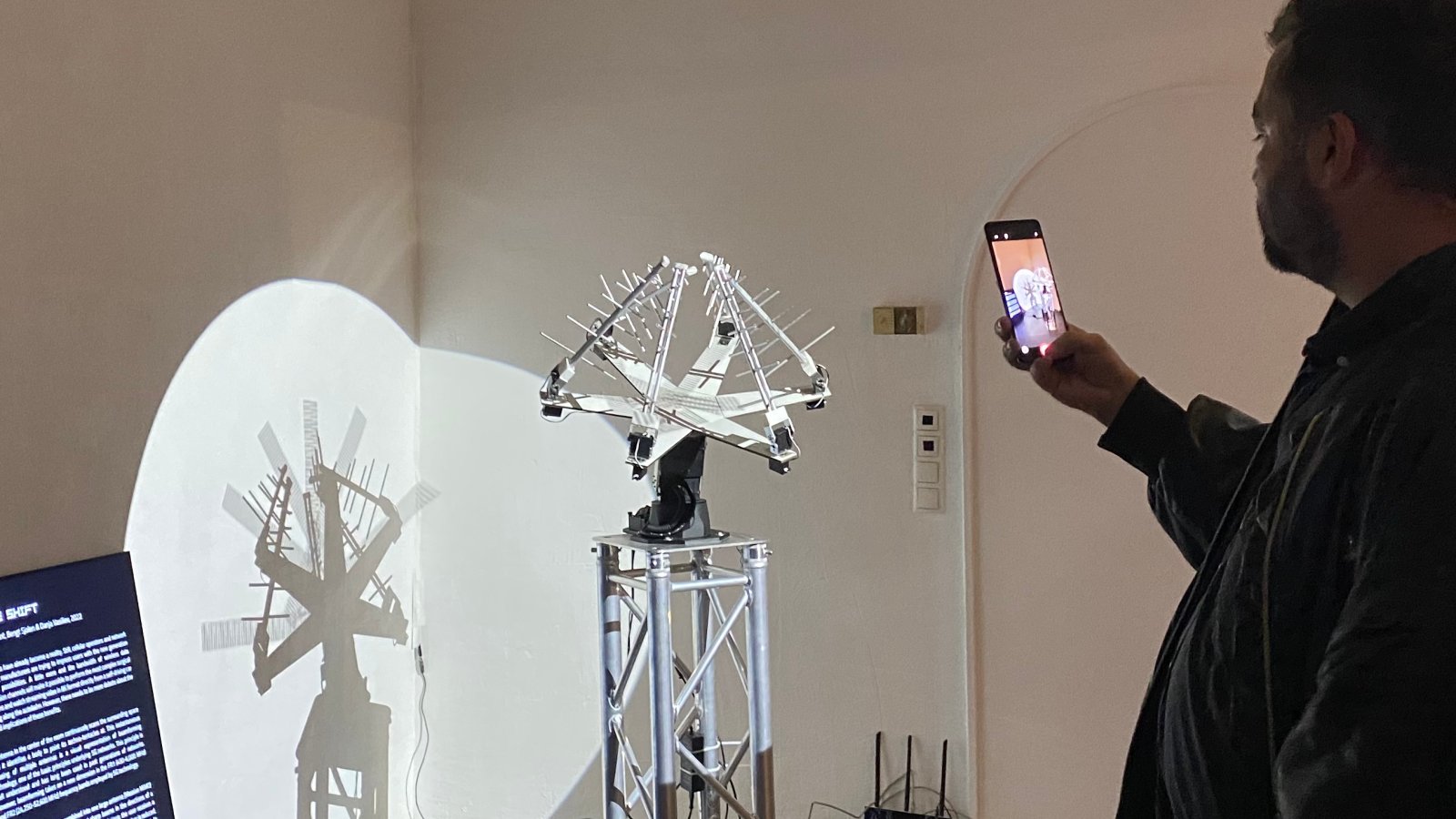
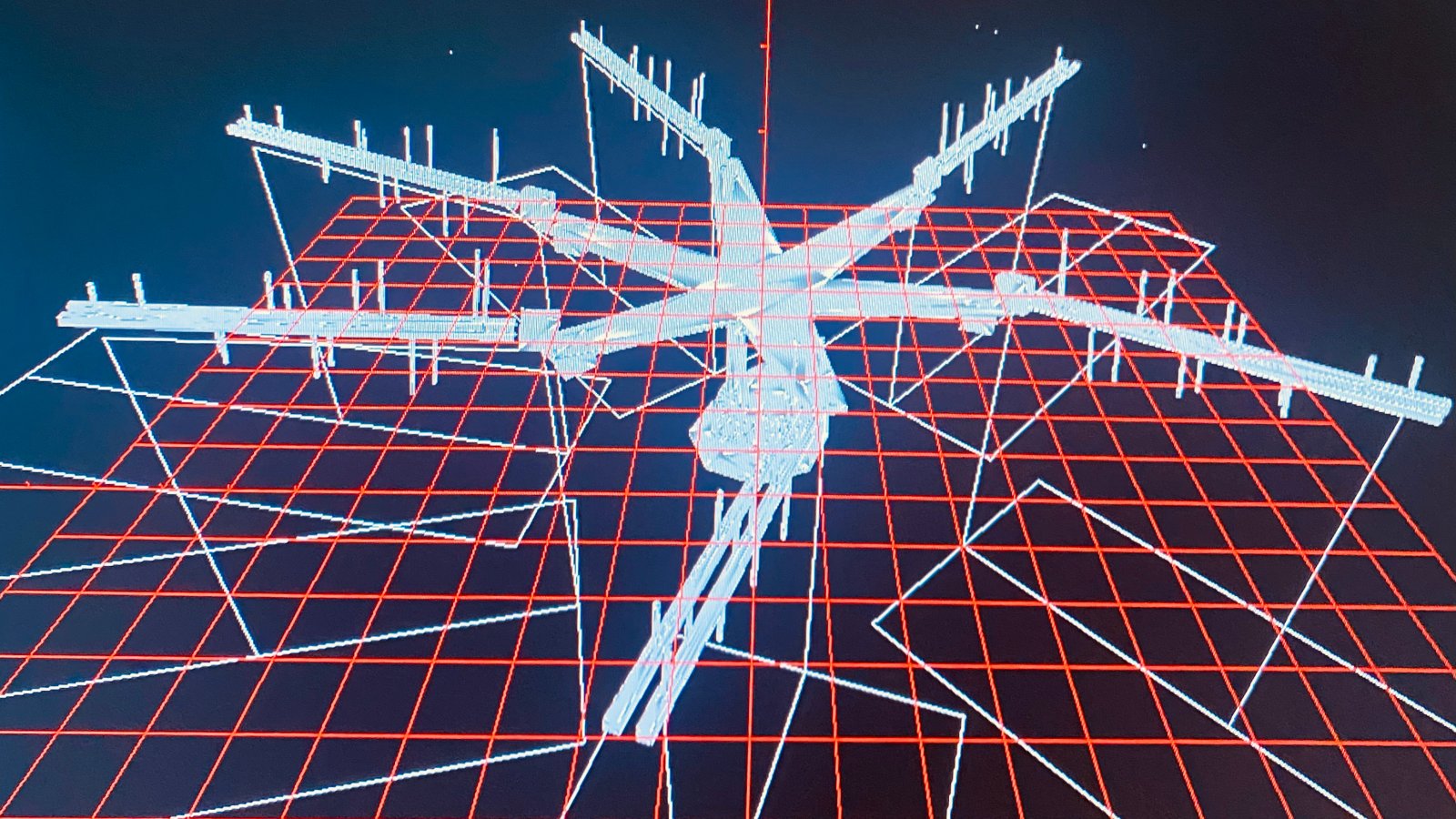
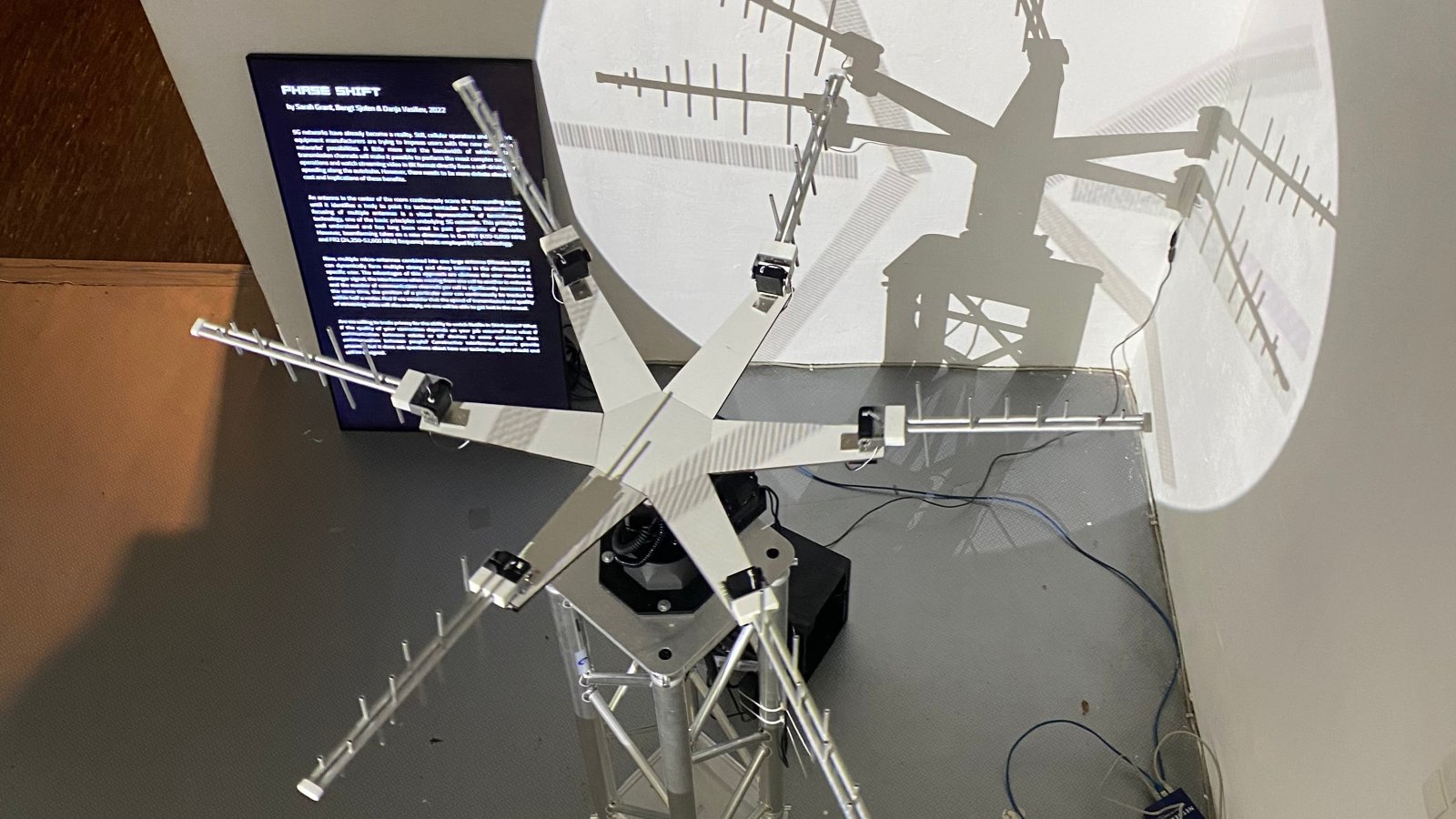
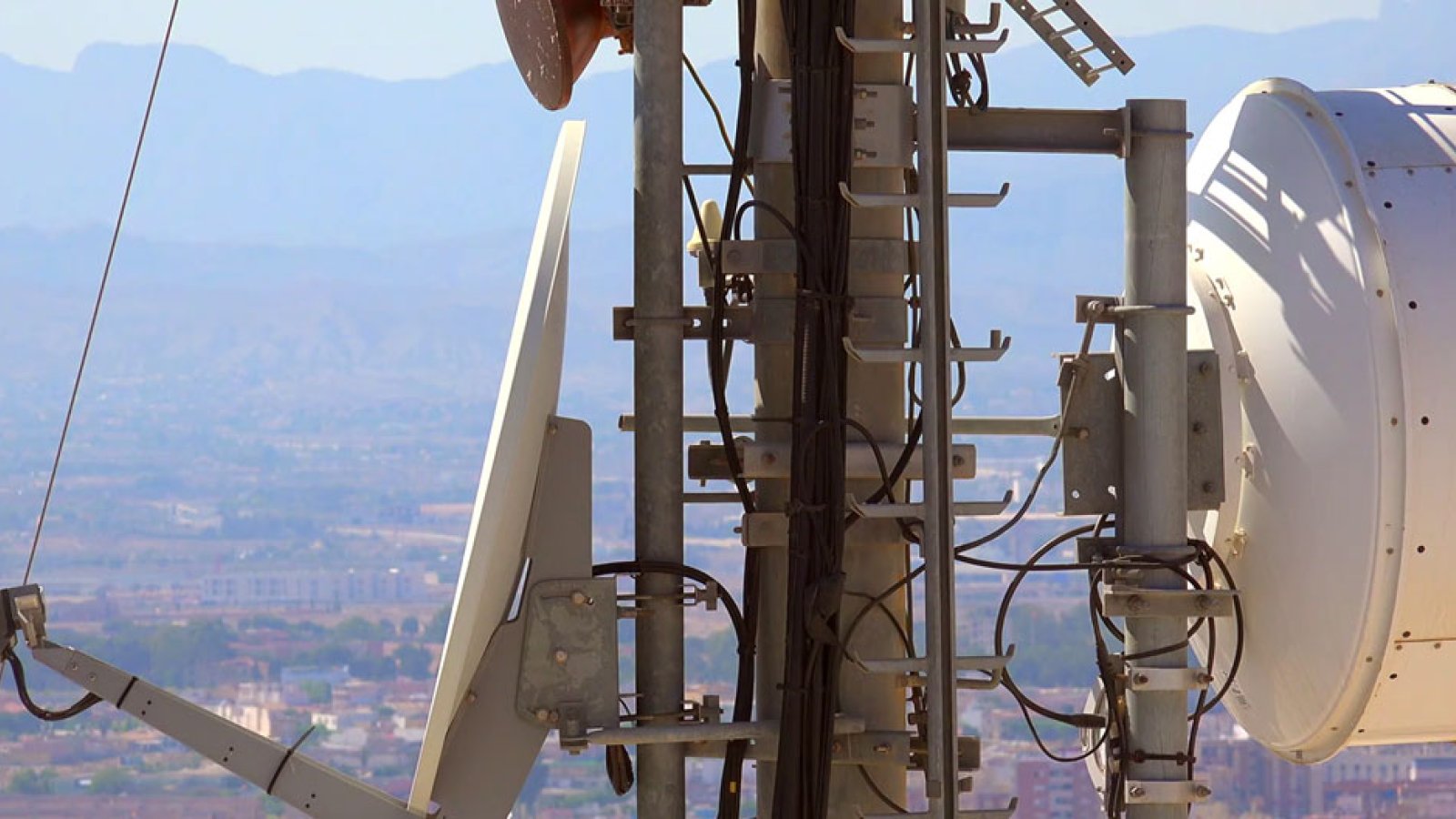
5G networks have already become a reality. Still, cellular operators and network equipment manufacturers are trying to impress users with the new generation networks' possibilities. A little more and the bandwidth of wireless data transmission channels will make it possible to perform the most complex surgical operations and watch streaming video in 8K format directly from a self-driving car speeding along the autobahn. However, there needs to be more debate about the cost and implications of these benefits.
An antenna in the center of the room continuously scans the surrounding space until it identifies a body to point its techno-tentacles at. This instantaneous focusing of multiple antennas is a visual representation of beamforming technology, one of the basic principles underlying 5G networks. This principle is well understood and has long been used in past generations of networks. However, beamforming takes on a new dimension in the FR1 (450-6,000 MHz) and FR2 (24,250-52,600 MHz) frequency bands employed by 5G technology.
Now, multiple micro-antennas combined into one large antenna (Massive MIMO) can dynamically form multiple strong and sharp beams in the directions of a specific user. The advantages of this approach are obvious: the user receives a stronger signal, the interference when moving from one cell to another is reduced, and the number of communication channels per cell is significantly increased. At the same time, the position of a particular user can continuously be tracked to within half a meter. And if we consider that the speed of transmission and quality of streaming video will also multiply, no one will be able to get lost in the crowd.
Are we willing to trade privacy for the ability to watch Netflix in Shinkansen? What if the quality of your connection depends on your job resume? And what if communication between robots or IoT devices is more sustainable than communication between people? Constructive Interference doesn't provide answers, but it does ask questions about how our techno-ecologies should and will be designed.
This project was a result of collaboration with Critical Infrastructure Lab – Niels ten Oever, Maxigas Dunajcsik and Jeroen de Vos.